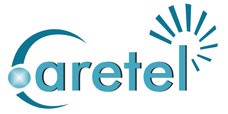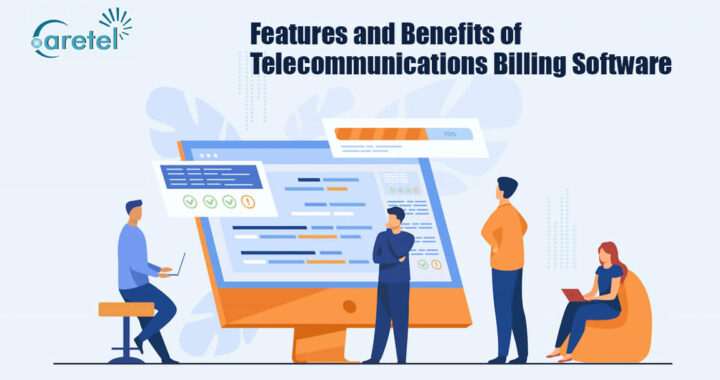Telecom billing is a process for obtaining valuable information, adding necessary fees, and ultimately producing client invoices. Payments that are collected from clients are received and recorded during this process. The telecommunications billing software aids in client money collection; hence it is typically regarded as accounts receivable.
An online charging system (OCS) that connects to a telecom billing platform adds a real-time fee to each transaction. Any time a device interacts with the communications network, an OCS records and keeps track of that interaction as a Call Data Record, depending on the type of interaction—for example, call minutes or data use.
The real-time recording of all data lowers billing errors. The telecom billing system software must use a variety of alternative billing procedures, though. Discounts, network restrictions, contractual details, and other methods are listed on each period’s customer invoice or bill. Prepaid, postpaid, and convergent billing are the three primary subtypes of telco billing.
What are some typical billing cycles for telcos?
The basic choices for billing cycles are three. Due to how they are calculated, the costs that appear on the consumer bill may differ significantly.
- Prepaid billing: With prepaid billing, you must pay in full before using the service. The customer is billed in real time for their consumption under this billing method. They receive an invoice delivered at a predetermined periodicity (weekly, bi-weekly, monthly, etc.).
- Postpaid billing: this term denotes the most typical and well-known system of telecommunications service billing. The customer utilizes the services, and a particular billing cycle is used to calculate the cost. An invoice is prepared, sent to the customer, and then paid after a cycle. These billing cycles often last 30, 45, 60, or 90 days.
- Convergent billing: With this invoicing, part or all of the services used are merged into one invoice rather than broken up into separate invoices for each service. This gives customers a clear understanding of prices and a uniform perspective of the billing cycle. Of the three primary billing cycles, this one is the most complicated. The complexity arises from the quantity of services a client utilises, their method of use, and any other contract-related modifications.
What are some typical features of telecom billing system software?
Financial management, information management, and operations or service management are the three process categories into which telecommunications billing responsibilities are typically divided or organized by telecom billing companies. Additional features like revenue assurance, profitability management, and fraud management can be included if billing and revenue management are handled as a unified process.
- Financial management includes managing credit allocations, debt collections, and tracking and processing payments. It also includes managing the connections between costs and service utilization.
- The functions related to client information, product and service data, pricing models, billing cycle schedules, triggers, delivery methods, audit settings, and data parameters fall under the umbrella of information management. A customer relationship management system frequently manages or incorporates client information (CRM).
- Operations: this includes gathering usage data, evaluating consumption, applying prices, tariffs, discounts, taxes, and other charges to each customer account, rendering invoices, managing billing delivery, making adjustments, and keeping track of the customer account.
What advantages do telco billing solutions offer?
A corporation should be able to manage the complexity of telecommunications system billing using a telco billing platform. This is accomplished by lowering errors and boosting effectiveness. Additionally, it may create new business opportunities or increase user revenue annually (ARPU).
Other significant advantages include the following:
- Enhanced data validation: One essential telco billing feature is the capacity to locate, get rid of, and prevent any upcoming similar or duplicate records in the system. Screening datasets should be done automatically to decrease errors and prevent double billing.
- Reducing billing errors is essential since any step in the billing process has the potential to be mistaken due to the complexity of the services Telcos offer. Enterprise-grade platforms or solutions that manage and monitor these possible problems improve brand recognition and provide a high-quality service.
- Detailled billing: This makes it easier for customers to manage their accounts and payments by providing complete transparency into what they paid, why they did so, and how to cut down or boost spending.
- Give management better data so that it can design a growth strategy for consumption, assets, subscriptions, and other factors based on what customers are using, purchasing, and eliminating.
One of the key reasons propelling the growth of this market is the rising number of telecom service subscribers worldwide. Challenges like network congestion and service outages are growing along with the rise in cellular or mobile subscribers. As a result, efficient and effective billing and revenue management software solutions and services are being developed. Telecom software development services can increase revenue by using these products and services, which also help optimise telecom networks.

